Properties
| Storage Buffer | PBS pH 7.4, 0.02% Proclin 300, 50% glycerol |
| Storage Temperature | -20ºC |
| Shipping Temperature | Blue Ice or 4ºC |
| Purification | AmMagTM Ultra AT Protein A MagBeads |
| Clonality | Recombinant Monoclonal |
| Clone Number | PT55 |
| Isotype | IgG Kappa |
| Specificity | Detects region of CASK containing the first L27 domain, ~100kDa. |
| Cite This Product | CASK Antibody (StressMarq Biosciences | Victoria, BC CANADA, Catalog# SMC-626, RRID: AB_3716791) |
| Certificate of Analysis | 1 µg/ml was sufficient for detection of CASK on Rat Brain Membrane lysate. |
Biological Description
| Alternative Names | CASK, Peripheral plasma membrane protein CASK, Calcium/calmodulin-dependent serine protein kinase, Calcium calmodulin-dependent serine protein kinase, LIN2, Lin-2 homolog, CAMGUK, CMG2, FGS4, MICPCH, MRXSNA, TNRC8, hCASK |
| Research Areas | Cell Markers, Cell Signaling, Neuroscience, Scaffold Proteins, Cell Structure |
| Cellular Localization | Nucleus, Cytoplasm, Cell membrane |
| Accession Number | NP_003679.2 |
| Gene ID | 8573 |
| Swiss Prot | O14936 |
| Scientific Background |
CASK (calcium/calmodulin-dependent serine protein kinase) is a ~112 kDa member of the membrane-associated guanylate kinase (MAGUK) family, functioning as a critical scaffolding protein in neuronal development and synaptic organization. Structurally, CASK integrates multiple signaling domains—including a CaMK-like kinase domain, SH3 domain, PDZ domain, and a guanylate kinase (GUK) homology domain—enabling it to anchor transmembrane proteins to the cytoskeleton and intracellular signaling complexes. In the nervous system, CASK plays a pivotal role in stabilizing synaptic architecture by binding to neurexins at the presynaptic membrane, facilitating the assembly of pre- and postsynaptic structures. Beyond its cytoplasmic functions, a nuclear fraction of CASK translocates to the nucleus, where it acts as a transcriptional co-activator, influencing gene expression programs essential for neurodevelopment. Loss-of-function studies underscore CASK’s essential role: mice with CASK gene disruptions exhibit perinatal lethality, highlighting its necessity for survival. Additionally, CASK is expressed in non-neuronal tissues, including basal keratinocytes and developing hair follicles, suggesting broader roles in tissue development and wound repair. Emerging evidence links CASK dysfunction to neurodevelopmental and neurodegenerative disorders, including intellectual disability, microcephaly, and cerebellar atrophy. As a multifunctional regulator of synaptic integrity and gene expression, CASK is increasingly recognized as a key molecular target in neuroscience and neurodegeneration research. |
| References |
1.,Hata, Y., Butz, S., & Südhof, T. C. (1996). CASK: A novel dlg/PSD95 homolog with an N-terminal calmodulin-dependent protein kinase domain identified by interaction with neurexins. Journal of Neuroscience, 16(8), 2488–2494. DOI: 10.1523/JNEUROSCI.16-08-02488.1996 2.,Hsueh, Y. P., Wang, T. F., Yang, F. C., & Sheng, M. (2000). Nuclear translocation and transcription regulation by the membrane-associated guanylate kinase CASK/LIN-2. Nature, 404(6775), 298–302. DOI: 10.1038/35005118 3.,Laverty, H. G., & Wilson, J. B. (1998). Murine CASK is disrupted in a sex-linked cleft palate mouse mutant. Genomics, 53(1), 29–41. DOI: 10.1006/geno.1998.5479 4.,Ojeh, N., Pekovic, V., Jahoda, C., & Maatta, A. (2008). The MAGUK-family protein CASK is targeted to nuclei of the basal epidermis and controls keratinocyte proliferation. Journal of Cell Science, 121(16), 2705–2717. DOI: 10.1242/jcs.025643. |
Product Images
![<p>Western blot analysis with Stressmarq’s Rabbit Anti-CASK Monoclonal Antibody, Clone PT55 (SMC-626) showing detection of Human CASK protein in a transient over-expression (OE) lysate (OriGene LY401218). Block: 2% skim milk + 2% BSA for 1 hour at RT. Primary Antibody: Rabbit Anti-Human CASK Recombinant Monoclonal [PT55] (SMC-626) at 1:10,000 for 2 hours at RT. Secondary Antibody: Goat anti-rabbit IgG-HRP (H&L) at 1:5000 for 1 hour at RT. Color Development: Chemiluminescent for HRP (Moss) for 1 min at RT in the dark. Exposed 1 second. NOTE: The ORF clone contains a C-term DDK tag; results were confirmed using Anti-DDK antibody (OriGene TA592569), showing band at ~45kDa is related to a C-term fragment of the CASK protein (data not shown). Literature explains the presence of the ~70kDa by stating that phosphorylation of CASK can lead to its degradation which may produce multiple fragments, including a 70kDa fragment.</p>](https://www.stressmarq.com/wp-content/uploads/SMC-626_Cask_Antibody_PT55_WB_Human_HEK293-OE-lysate_1.png)
Western blot analysis with Stressmarq’s Rabbit Anti-CASK Monoclonal Antibody, Clone PT55 (SMC-626) showing detection of Human CASK protein in a transient over-expression (OE) lysate (OriGene LY401218). Block: 2% skim milk + 2% BSA for 1 hour at RT. Primary Antibody: Rabbit Anti-Human CASK Recombinant Monoclonal [PT55] (SMC-626) at 1:10,000 for 2 hours at RT. Secondary Antibody: Goat anti-rabbit IgG-HRP (H&L) at 1:5000 for 1 hour at RT. Color Development: Chemiluminescent for HRP (Moss) for 1 min at RT in the dark. Exposed 1 second. NOTE: The ORF clone contains a C-term DDK tag; results were confirmed using Anti-DDK antibody (OriGene TA592569), showing band at ~45kDa is related to a C-term fragment of the CASK protein (data not shown). Literature explains the presence of the ~70kDa by stating that phosphorylation of CASK can lead to its degradation which may produce multiple fragments, including a 70kDa fragment.
![<p>Immunocytochemistry/Immunofluorescence analysis Stressmarq’s Rabbit Anti-CASK Monoclonal Antibody, Clone PT55 (SMC-626). Tissue: Pheochromocytoma cells (PC-12). Species: Rat. Fixation: 4% PFA for 10 min at RT. Permeabilization: 0.15% TritonX for 15 min at RT. Blocking: 10% goat serum for 40 min at RT. Primary Antibody: Rabbit Anti-Human CASK Recombinant Monoclonal [PT55] (SMC-626) at 1:100 for 1 hour at RT. Secondary Antibody: Goat anti-Rabbit IgG-AlexaFluor488 (green) at 1:1000 for 1 hour at RT in the dark. Counterstain: DAPI (blue) nuclear stain at 1:1000 for 5 min at RT in the dark.</p>](https://www.stressmarq.com/wp-content/uploads/SMC-626_Cask_Antibody_PT55_ICC-IF_Rat_Pheochromocytoma-cells_1.png)
Immunocytochemistry/Immunofluorescence analysis Stressmarq’s Rabbit Anti-CASK Monoclonal Antibody, Clone PT55 (SMC-626). Tissue: Pheochromocytoma cells (PC-12). Species: Rat. Fixation: 4% PFA for 10 min at RT. Permeabilization: 0.15% TritonX for 15 min at RT. Blocking: 10% goat serum for 40 min at RT. Primary Antibody: Rabbit Anti-Human CASK Recombinant Monoclonal [PT55] (SMC-626) at 1:100 for 1 hour at RT. Secondary Antibody: Goat anti-Rabbit IgG-AlexaFluor488 (green) at 1:1000 for 1 hour at RT in the dark. Counterstain: DAPI (blue) nuclear stain at 1:1000 for 5 min at RT in the dark.
![<p>Immunohistochemistry analysis with Stressmarq’s Rabbit Anti-CASK Monoclonal Antibody, Clone PT55 (SMC-626). Tissue: Brain. Species: Mouse. Fixation: Paraffin embedded, 4um thin. Blocking: 3% milk for 1 hour at RT. Primary Antibody: Rabbit Anti-Human CASK Recombinant Monoclonal [PT55] (SMC-626) at 1:100 for 1 hour at RT. Secondary Antibody: Goat anti-rabbit IgG-HRP (H&L) at 1:100 for 45 min at RT. Counterstain: Hematoxylin (purple) nuclear stain at 1:10 for 5 min at RT. Color Development: DAB at 1:50 for 15 min at RT.</p>](https://www.stressmarq.com/wp-content/uploads/SMC-626_Cask_Antibody_PT55_IHC_Mouse_Brain_1.png)
Immunohistochemistry analysis with Stressmarq’s Rabbit Anti-CASK Monoclonal Antibody, Clone PT55 (SMC-626). Tissue: Brain. Species: Mouse. Fixation: Paraffin embedded, 4um thin. Blocking: 3% milk for 1 hour at RT. Primary Antibody: Rabbit Anti-Human CASK Recombinant Monoclonal [PT55] (SMC-626) at 1:100 for 1 hour at RT. Secondary Antibody: Goat anti-rabbit IgG-HRP (H&L) at 1:100 for 45 min at RT. Counterstain: Hematoxylin (purple) nuclear stain at 1:10 for 5 min at RT. Color Development: DAB at 1:50 for 15 min at RT.
![<p>Immunocytochemistry/Immunofluorescence analysis with Stressmarq’s Rabbit Anti-CASK Monoclonal Antibody, Clone PT55 (SMC-626). Tissue: Neuroblastoma cells (Kelly). Species: Human. Fixation: 4% PFA for 10 min at RT. Permeabilization: 0.15% TritonX for 15 min at RT. Blocking: 10% goat serum for 40 min at RT. Primary Antibody: Rabbit Anti-Human CASK Recombinant Monoclonal [PT55] (SMC-626) at 1:100 for 1 hour at RT. Secondary Antibody: Goat anti-Rabbit IgG-AlexaFluor488 (green) at 1:1000 for 1 hour at RT in the dark. Counterstain: DAPI (blue) nuclear stain at 1:1000 for 5 min at RT in the dark. Note: Phalloidin stain was used to visualize any potential nuclear F-actin.</p>](https://www.stressmarq.com/wp-content/uploads/SMC-626_Cask_Antibody_PT55_ICC-IF_Human_Neuroblastoma-cells_1.png)
Immunocytochemistry/Immunofluorescence analysis with Stressmarq’s Rabbit Anti-CASK Monoclonal Antibody, Clone PT55 (SMC-626). Tissue: Neuroblastoma cells (Kelly). Species: Human. Fixation: 4% PFA for 10 min at RT. Permeabilization: 0.15% TritonX for 15 min at RT. Blocking: 10% goat serum for 40 min at RT. Primary Antibody: Rabbit Anti-Human CASK Recombinant Monoclonal [PT55] (SMC-626) at 1:100 for 1 hour at RT. Secondary Antibody: Goat anti-Rabbit IgG-AlexaFluor488 (green) at 1:1000 for 1 hour at RT in the dark. Counterstain: DAPI (blue) nuclear stain at 1:1000 for 5 min at RT in the dark. Note: Phalloidin stain was used to visualize any potential nuclear F-actin.
![<p>Western blot analysis with Stressmarq’s Rabbit Anti-CASK Monoclonal Antibody, Clone PT55 (SMC-626) showing detection of Human CASK protein in a rat brain membrane lysate. Block: 2% skim milk + 2% BSA for 1 hour at RT. Primary Antibody: Rabbit Anti-Human CASK Recombinant Monoclonal [PT55] (SMC-626) at 1:1000 for 2 hours at RT. Secondary Antibody: Goat anti-rabbit IgG-HRP (H&L) at 1:5000 for 1 hour at RT. Color Development: Chemiluminescent for HRP (Moss) for 3 min at RT in the dark. Exposed 1 second.</p>](https://www.stressmarq.com/wp-content/uploads/SMC-626_Cask_Antibody_PT55_WB_Rat_Brain-membrane-lysate_1.png)
Western blot analysis with Stressmarq’s Rabbit Anti-CASK Monoclonal Antibody, Clone PT55 (SMC-626) showing detection of Human CASK protein in a rat brain membrane lysate. Block: 2% skim milk + 2% BSA for 1 hour at RT. Primary Antibody: Rabbit Anti-Human CASK Recombinant Monoclonal [PT55] (SMC-626) at 1:1000 for 2 hours at RT. Secondary Antibody: Goat anti-rabbit IgG-HRP (H&L) at 1:5000 for 1 hour at RT. Color Development: Chemiluminescent for HRP (Moss) for 3 min at RT in the dark. Exposed 1 second.

![Western blot analysis with Stressmarq’s Rabbit Anti-CASK Monoclonal Antibody, Clone PT55 (SMC-626) showing detection of Human CASK protein in a transient over-expression (OE) lysate (OriGene LY401218). Block: 2% skim milk + 2% BSA for 1 hour at RT. Primary Antibody: Rabbit Anti-Human CASK Recombinant Monoclonal [PT55] (SMC-626) at 1:10,000 for 2 hours at RT. Secondary Antibody: Goat anti-rabbit IgG-HRP (H&L) at 1:5000 for 1 hour at RT. Color Development: Chemiluminescent for HRP (Moss) for 1 min at RT in the dark. Exposed 1 second. NOTE: The ORF clone contains a C-term DDK tag; results were confirmed using Anti-DDK antibody (OriGene TA592569), showing band at ~45kDa is related to a C-term fragment of the CASK protein (data not shown). Literature explains the presence of the ~70kDa by stating that phosphorylation of CASK can lead to its degradation which may produce multiple fragments, including a 70kDa fragment. SMC-626_Cask_Antibody_PT55_WB_Human_HEK293-OE-lysate_1.png](https://www.stressmarq.com/wp-content/uploads/SMC-626_Cask_Antibody_PT55_WB_Human_HEK293-OE-lysate_1-150x150.png)
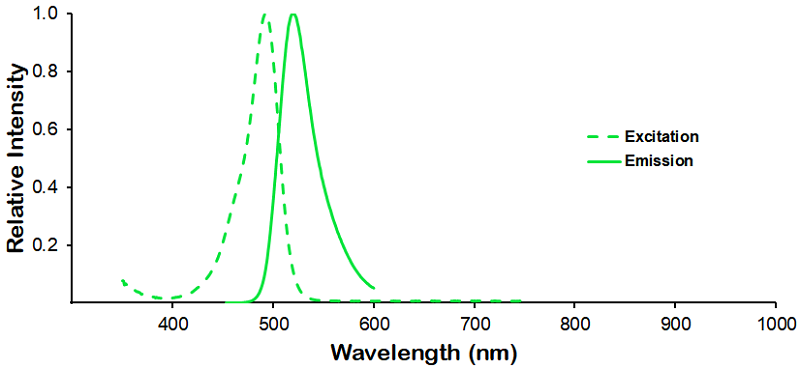
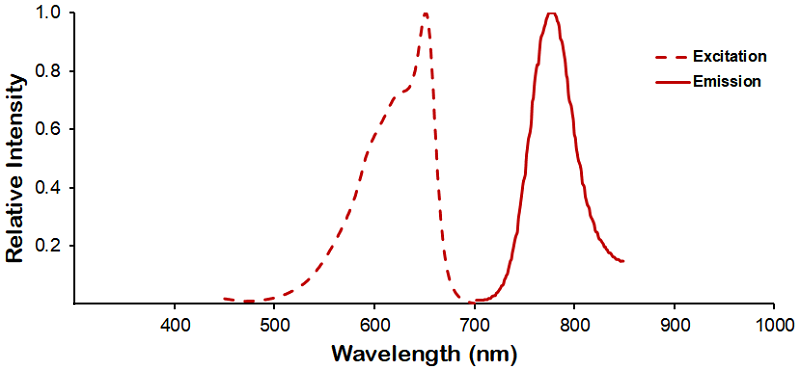
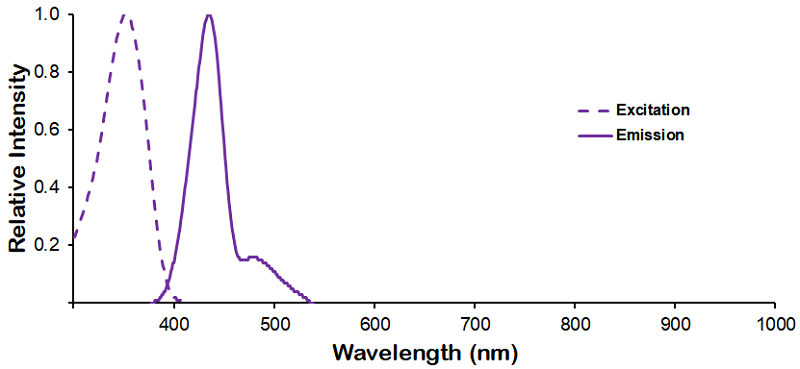
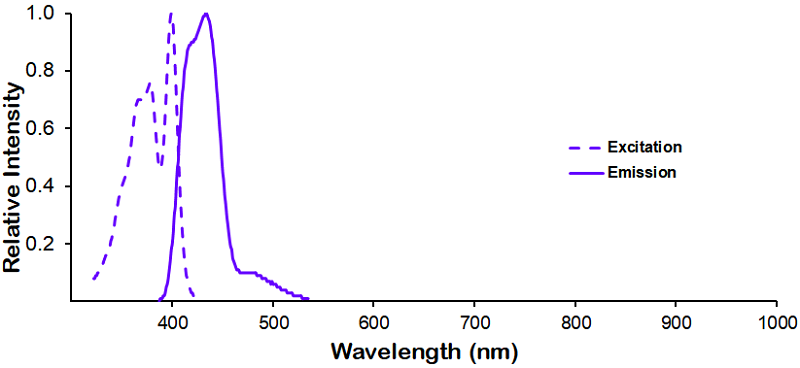
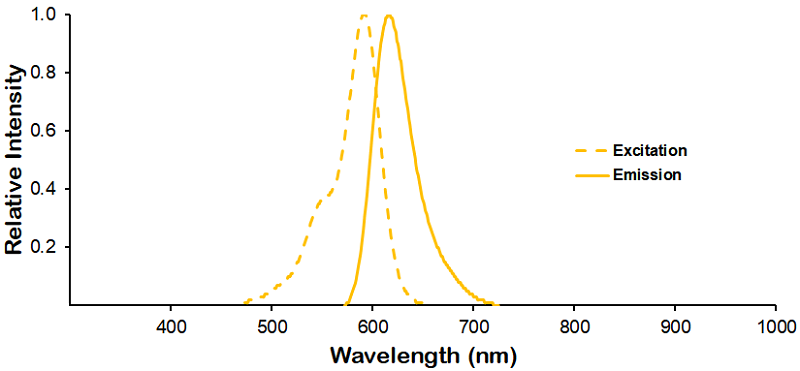

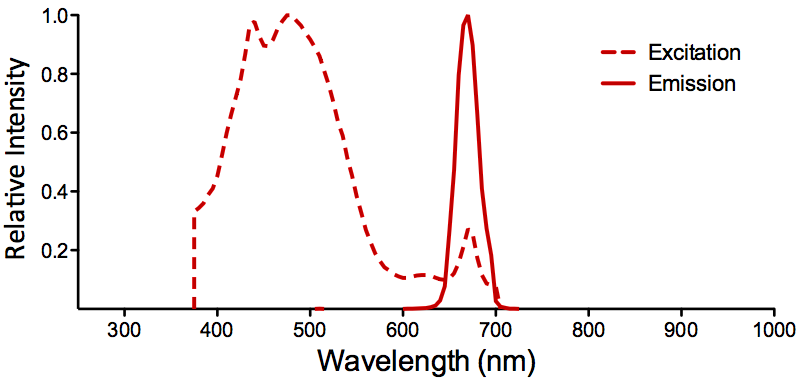
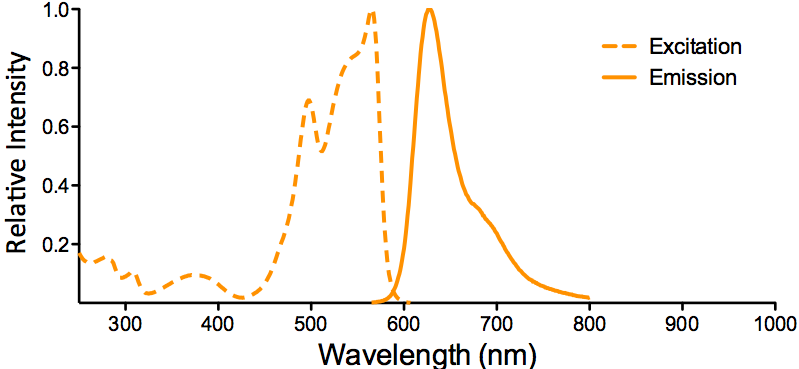
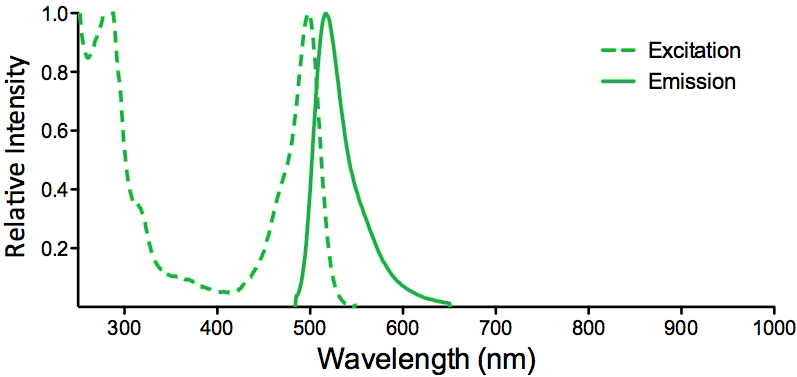
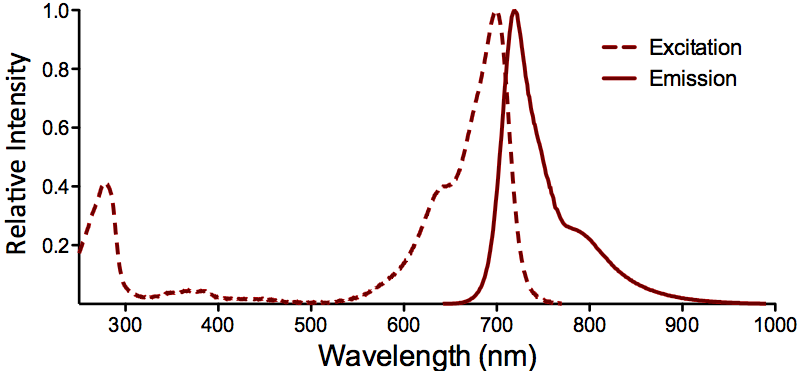
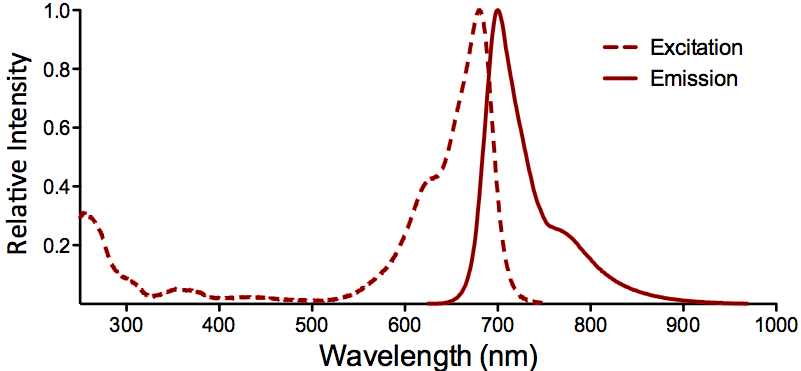

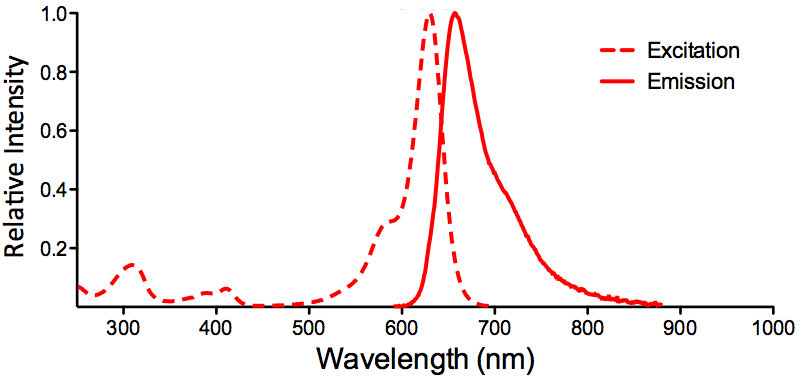
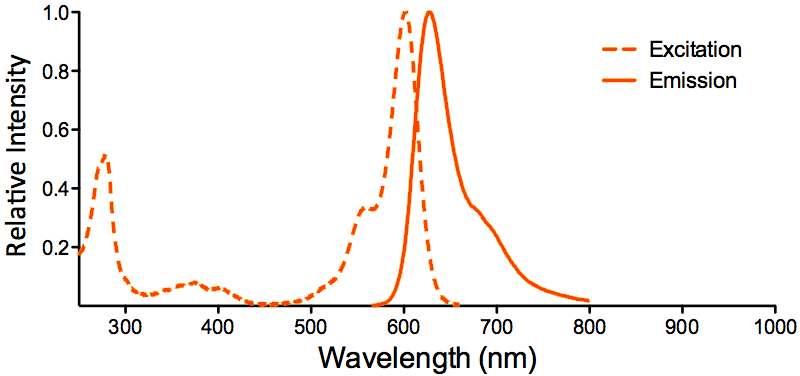

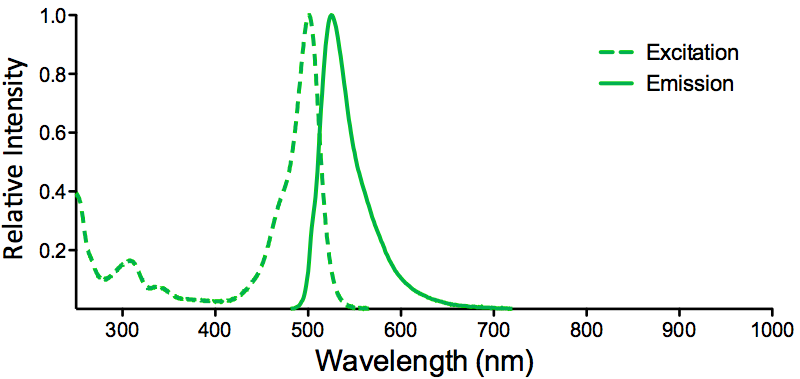
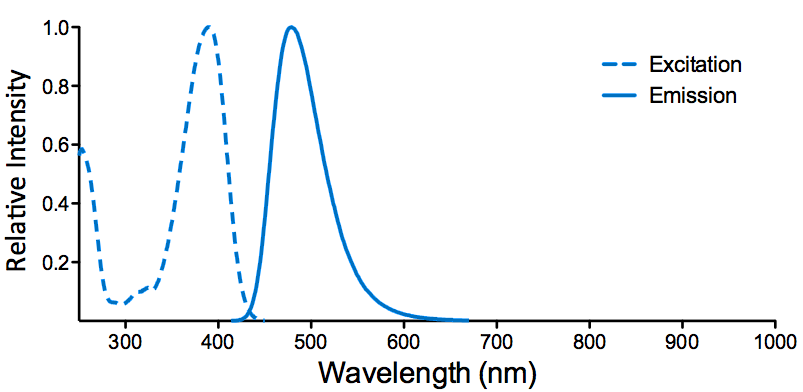
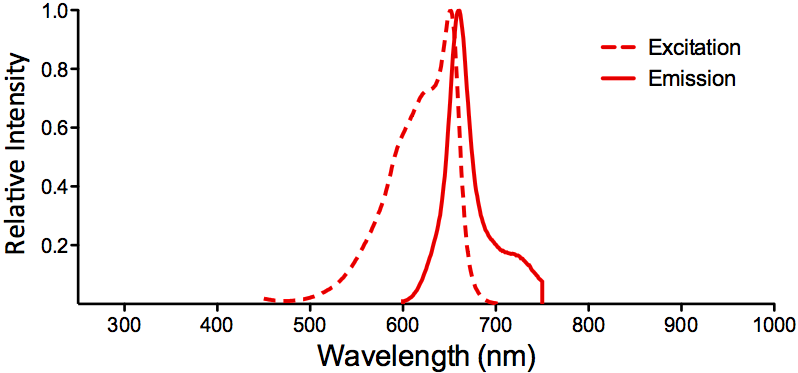
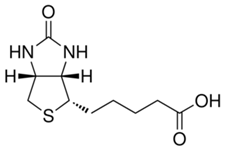
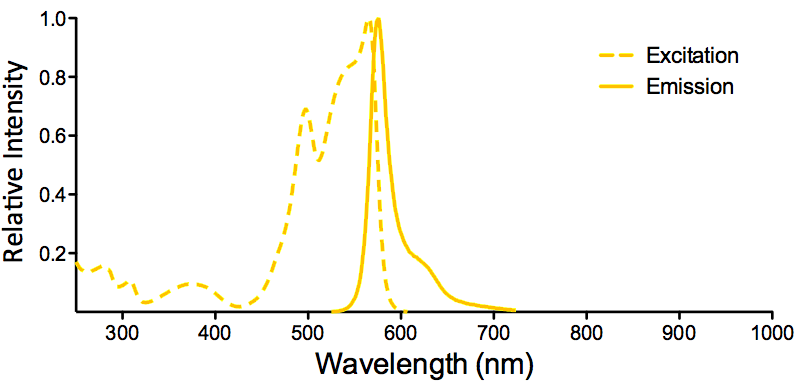
Reviews
There are no reviews yet.